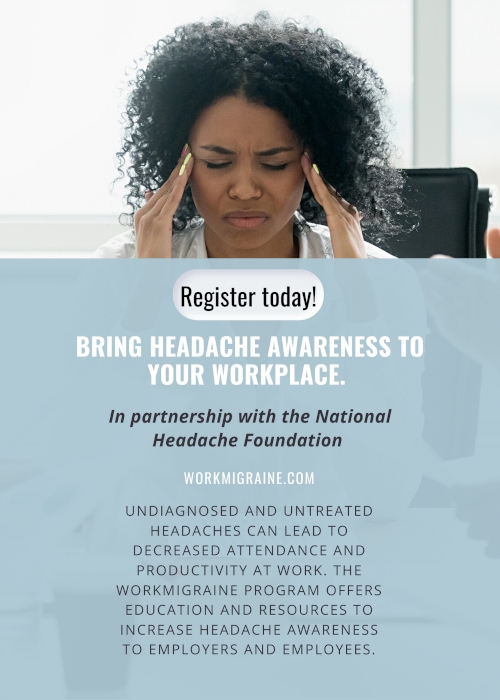
Services
Share or search for corporate wellness services.
Insurance
Matches provider's benefits with employee's benefits.
Hernia Awareness Month
Friday, August 3rd, 2018
National Hernia Awareness Month is observed each June to raise public awareness about hernias and effective treatment. Most people don’t understand what a hernia is or what causes one.
The purpose of National Hernia Awareness Month is to raise the public knowledge of the warning signs and latest treatment options available regarding hernias. It is estimated that more than 5 million persons have some type of hernia, but only 750,000 people per year actually seek medical attention. Concerns about and pain associated with hernias can prevent people from engaging in activities that they normally love to do, and ignoring symptoms can sometimes lead to life-threatening complications. Although the treatment for a hernia usually requires surgery, newer advanced minimally invasive techniques allow for a shorter recovery time and decreased recurrence rates.
What is a Hernia?
A hernia occurs when there is a weakness in the wall of the area it occurs. There are a number of places and types of hernias that can occur within the body.
- Abdominal Hernia – Also referred to as a ventral hernia, abdominal hernias are generally a protrusion that occurs above the belt. This happens due to a weakness in the abdominal wall.
- Hiatal Hernia – This type of hernia is closely connected & can coincide with a Paraesophageal Hernia, with the main symptom being gastric reflux or GERD. A hiatal hernia can commonly reoccur after surgery to repair it.
- Umbilical Hernia – Occurs around or in your belly button. If your belly button typically is pushed in, leaving an indent, and suddenly it appears to have a something bulging out then you most likely have an umbilical hernia.
- Incisional Hernia – Occurs at the incision line of a previous surgery, due to the cutting of the skin, tissue, & muscles in that particular area creating a weakened site.
- Femoral Hernia – Occurs at the top of the leg or groin area. These types of hernias are more common in women and tend to be recurrent after a hernia has been repaired.
- Inguinal Hernia –Occurs below the belt and on either side or both sides of the groin and/or the scrotum area. This particular hernia is more common in men and can also be recurrent, even after surgery.
Common symptoms of hernias
The first sign of a hernia most people will notice is a bulge or lump in the area where the hernia is taking place. In some cases, there are no symptoms of a hernia. Symptoms often are a result of an inguinal or a hiatal hernia. Symptoms of an inguinal hernia include:
- Pain in the affected area, especially when bending over, coughing or lifting
- Burning, gurgling or aching in the area of the hernia bulge
- Weakness, pressure or a feeling of heaviness in the abdomen
Symptoms of a hiatal hernia include:
- Chest pain
- Difficulty swallowing
- Acid reflux
